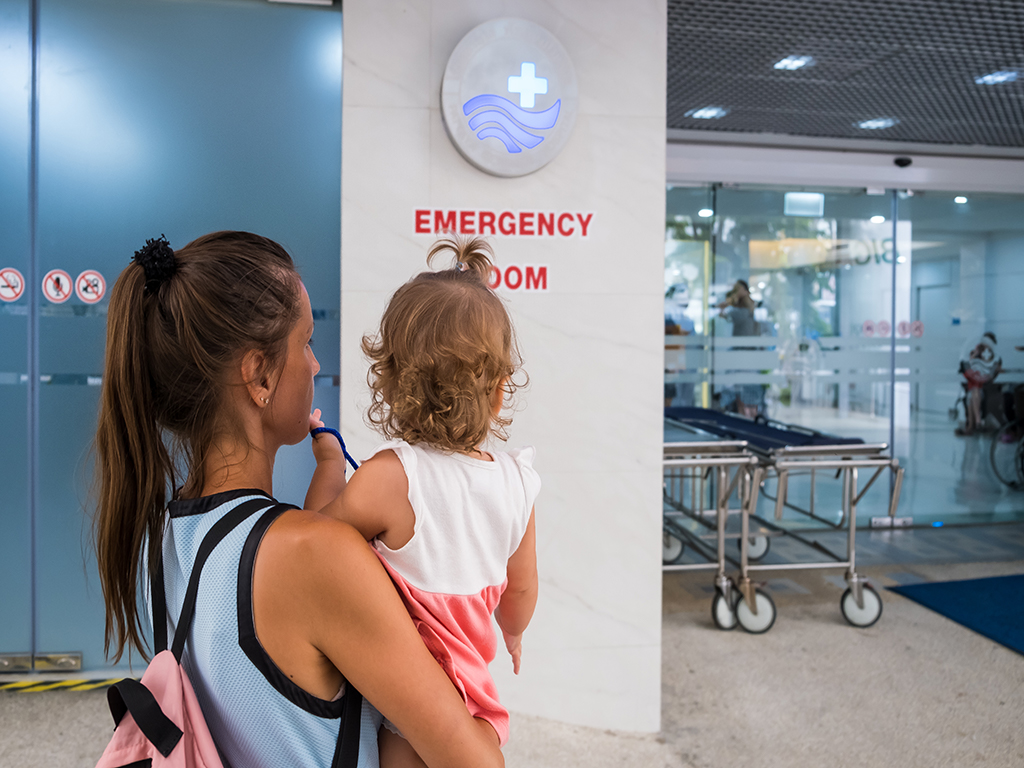How can government send more patients to doctors and fewer to emergency rooms? Expand Medicaid, new A&M study says

Expanding Medicaid could reduce visits to a hospital’s emergency unit for conditions that could be treated in a doctor’s office, according to a new Texas A&M University study published in the journal JAMA Network Open.
Hospital emergency departments provide lifesaving care for millions of people each year. However, around one-third of emergency visits are for conditions that are not emergencies or for conditions that are preventable.
Research has found that a lack of health insurance coverage plays a role in whether a person seeks emergency care, and the expansions of state Medicaid programs through the Affordable Care Act could have affected emergency visits. However, research has not been fully conclusive and the understanding of how Medicaid expansions affect different types of emergency visits remains unclear.
Benjamin Ukert, assistant professor at the Texas A&M University School of Public Health, and colleagues from the University of South Carolina studied outpatient emergency visits between 2011 and 2017, focusing on two states that have expanded Medicaid (New York and Massachusetts) and two states that have not (Georgia and Florida). They analyzed data on more than 80 million emergency visits by 26 million people between the ages of 18 and 64 during the study period.
The researchers measured total emergency visits and emergency visits broken down into five categories of medical urgency: not preventable and injury-related, emergent but preventable, emergent but primary care treatable, not emergent, and mental health and substance use disorders. In addition, the study included data on gender, race and ethnicity, age, unemployment rate and percentage of the population under 200 percent of the federal poverty level.
Prior research on Medicaid expansions has found increases in access to primary care and preventive medicine services and decreases in emergency visits among those who had faced barriers to care before. However, other studies have found increased emergency use following Medicaid expansions due to reduced cost barriers. These seemingly contradictory findings point to the complex relationship between Medicaid expansions and emergency visits, which this study aims to clarify by looking into varying degrees of medical urgency.
Ukert and colleagues found that Medicaid expansion was associated with a decrease in emergency usage of 4.7 visits per 1,000 people in the two states that expanded Medicaid programs. The analysis also found that most of the decreases were in less urgent conditions. This suggests that better access to preventive services and primary care providers through Medicaid coverage could have played a role.

